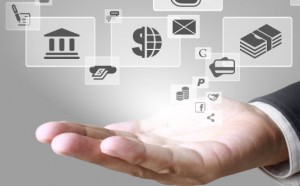E-Money
Advances in technology enable a number of innovations that change the way Canadians pay for goods and services. Some products, for example the debit card, offer a way to access funds in a bank deposit account and can be thought of as electronic payments, or e-payments. Other innovations offer a way to directly store monetary value in an electronic device or in a communications network. We call those electronic money, or e-money for short.
E-Money and the Bank of Canada
Understanding and monitoring e-money products is an important part of the Bank of Canada’s research agenda.
The Bank of Canada has several reasons to study e-money:
- We design, produce and distribute Canada’s bank notes. Although people still use cash, widespread adoption of e-money could change the demand for cash. You can read here about our research on this topic.
- We oversee Canada’s payment clearing and settlement systems. The Bank has a specific oversight role for payment systems that are systemically important, and it promotes the safety and efficiency of other payment systems that may affect the financial or economic welfare of Canadians
What is E-Money?
 E-money is a digital alternative to cash.
E-money is a digital alternative to cash.
It is monetary value that is stored and transferred electronically through a variety of means - a mobile phone, tablet, contactless card (or smart card), computer hard drive or servers.
E-money is usually issued by an institution upon receipt of funds and is given a value in a national currency, such as the Canadian dollar.
Examples of e-money include prepaid payment cards that use payment networks such as Visa or MasterCard, or account balances kept at online service providers such as PayPal. Both can be used for a range of purchases in different establishments.
Another type of e-money is decentralized, without an issuer and not denominated in national currencies. The most well-known example is the Bitcoin, a digital currency that is used for transactions directly between users through a computer network.
